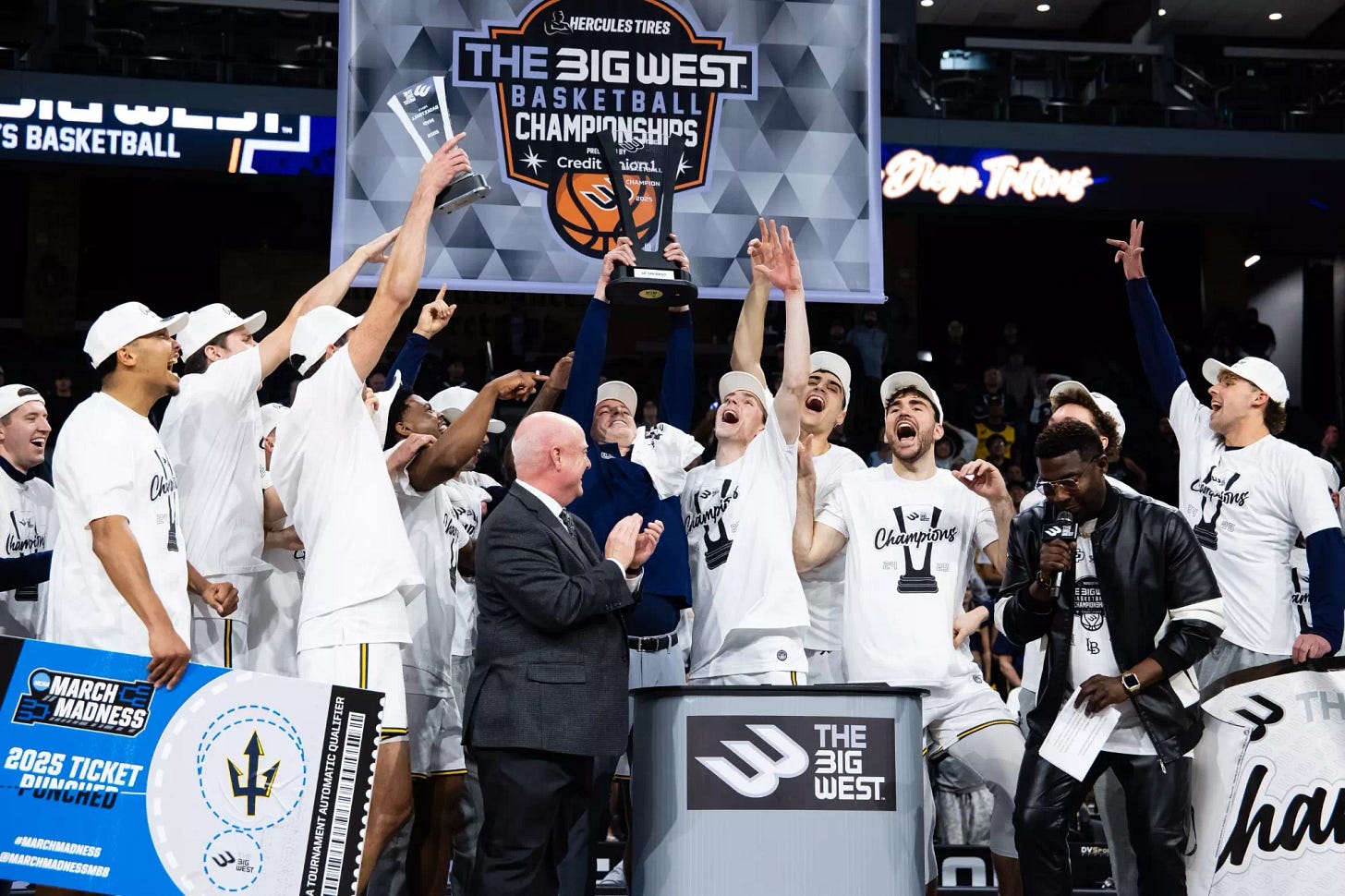San Diego sent four teams to March Madness and no one cared
For three days, the city stood alone
San Diego is the best college basketball city in the country.
There are more accomplished regions, of course. North Carolina’s “Research Triangle” boasts 13 men’s national championships among Duke, University of North Carolina, and North Carolina State University.
There are more acco…
Keep reading with a 7-day free trial
Subscribe to Out in Left to keep reading this post and get 7 days of free access to the full post archives.



